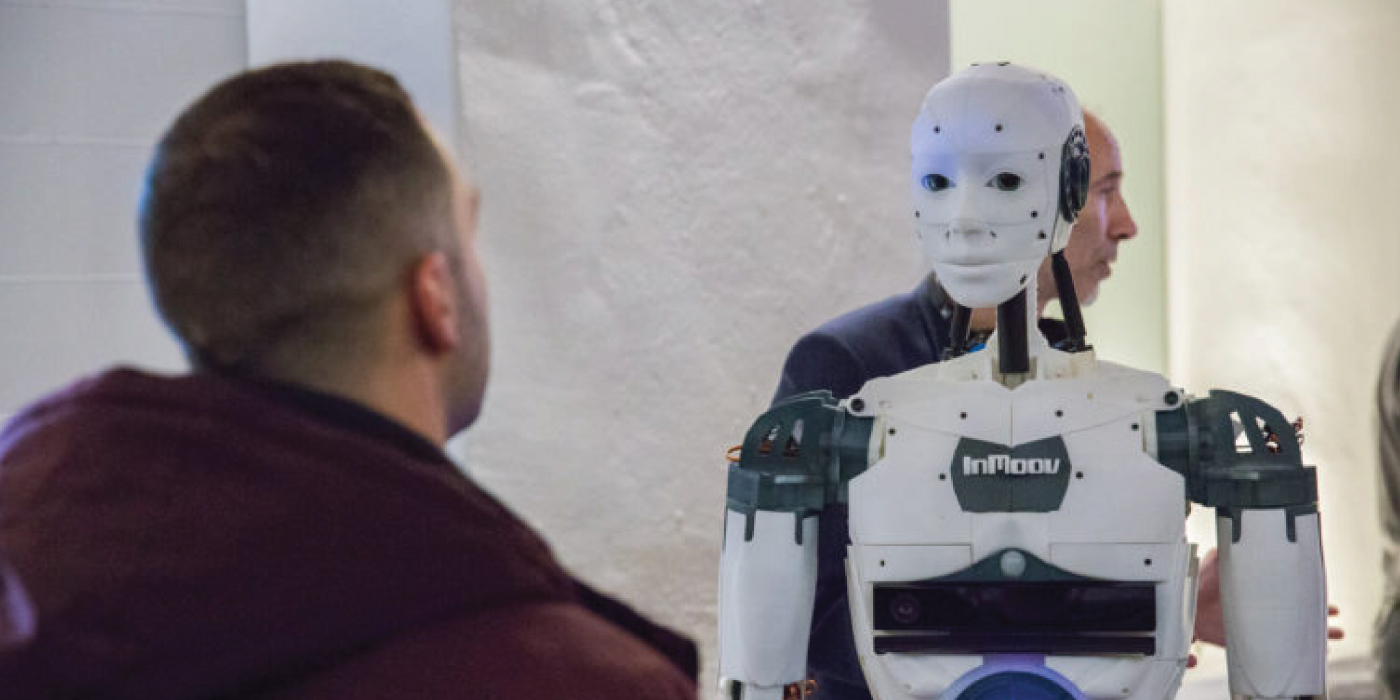FEARLESS
As elderly often refuse to wear any additional sensors to activate alarm calls, FEARLESS will visually and acoustically detect and handle risks by contacting the relatives or care taker organisation (e.g. TES or SAM) automatically – without the need of any user intervention. This is done by using only one single type of sensor making the system affordable for everyone. It increases the feeling of safety, reduces fears, enhances the self-efficacy and thus enables elderly to be more active, independent and mobile in today’s self-serve society. However, the focus does not only lie on developing a new technology, but also on realistic dissemination. Hence, important parts of the supply chain have to be integrated – the cooperation with a big network of electricians and electric shops assures that people get to know FEARLESS as well as a widely distributed installation.
FEARLESS does not only enhance the mobility by reducing fears but also triggers an alarm, if significant behavioural changes (e.g. less mobility, change of health condition and many others) are detected. Thus, relatives or care taker organisations are able to ensure the physical and psychological well-being of the primary end users. The overall goal of this system is to provide end users help, whenever help is needed – not only due to safety critical incidents but also if they need help to improve their well-being. To accomplish this, not only technical and social, but also psychological factors as well as protecting privacy are taken into consideration. The user are involved throughout the entire project, as their needs and wishes are examined in regular feedback intervals – as well as their feasible concerns about their privacy.

